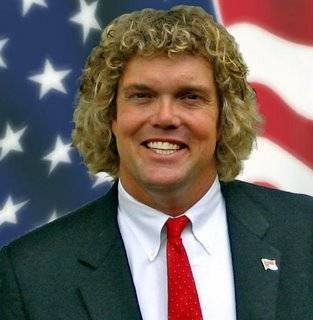 Duke University Political Economist and some-time Libertarian gubernatorial candidate, Michael Munger, explains the Keynes v. Hayek battle rap for those of us who don’t quite get it.
Duke University Political Economist and some-time Libertarian gubernatorial candidate, Michael Munger, explains the Keynes v. Hayek battle rap for those of us who don’t quite get it.
Munger is also a frequent guest on Russ Roberts’s EconTalk podcast, an excellent resource for inquisitive minds. (However, I am not sure how accurate the subject lines are there, as I was listening to the discussion of franchising and pretty soon I’m not sure what they were talking about).
Of course, Munger is probably most famous for his role as the limo driver in the Keynes v. Hayek video.

 Welcome back to campus. With the new term comes an all new and improved Economics TeaBA. This term promises to offer more beverages, more insight, more excitement than all of the prior terms of economics TeaBA combined.
Welcome back to campus. With the new term comes an all new and improved Economics TeaBA. This term promises to offer more beverages, more insight, more excitement than all of the prior terms of economics TeaBA combined. The Economist is hosting an
The Economist is hosting an 
 I just made my way over to Briggs because I have a 20-page paper due, and I am, like, totally stressed out about it.** I was wondering why there were students milling around outside, and it turns out that they were victims of the time change — the building is supposed to open at 1, but evidently security didn’t push its clock forward yet.
I just made my way over to Briggs because I have a 20-page paper due, and I am, like, totally stressed out about it.** I was wondering why there were students milling around outside, and it turns out that they were victims of the time change — the building is supposed to open at 1, but evidently security didn’t push its clock forward yet.



